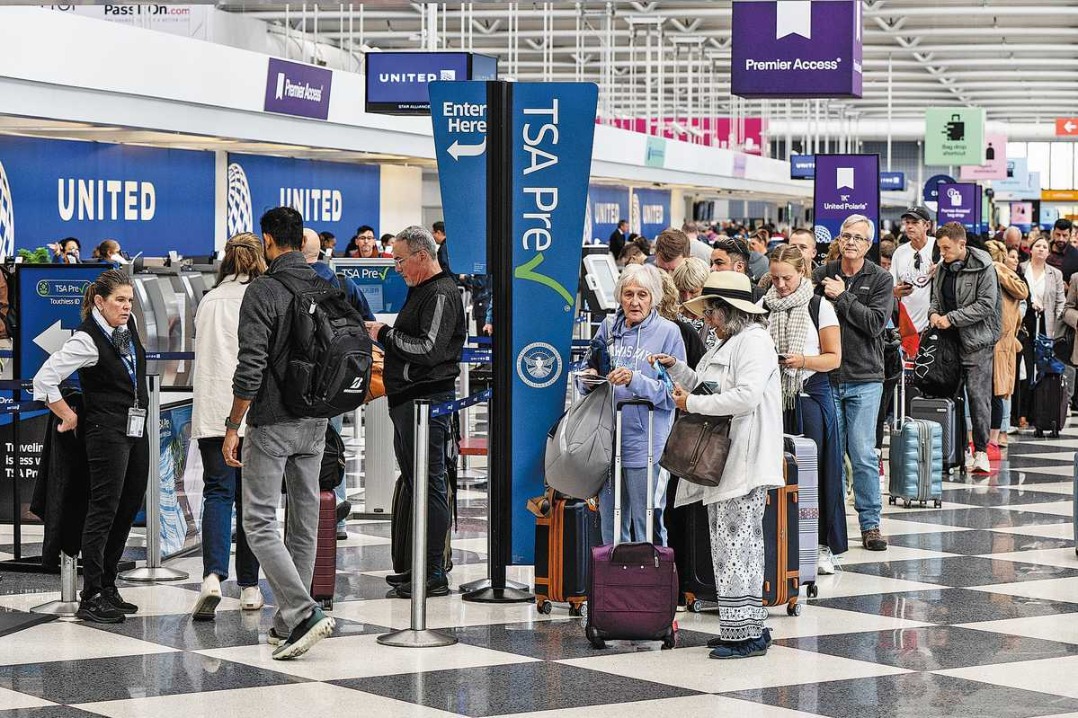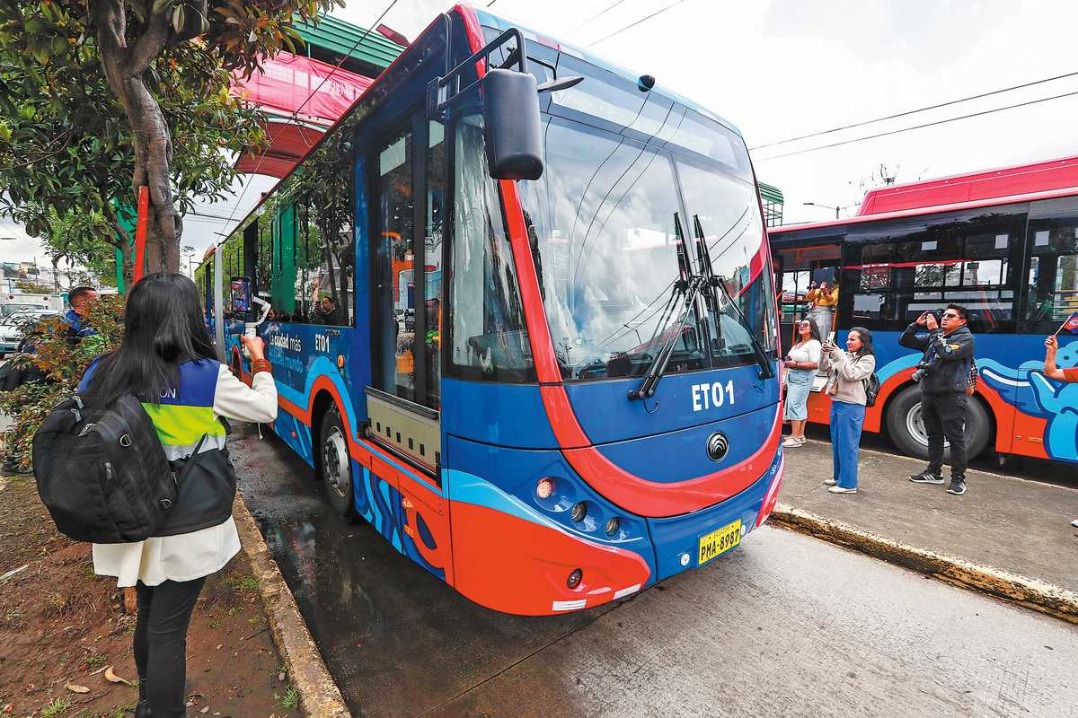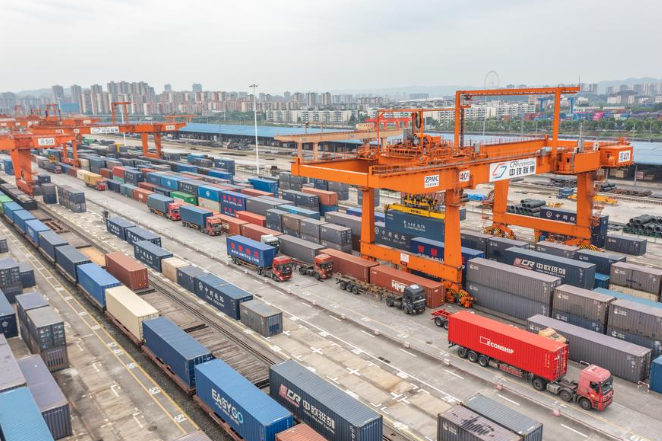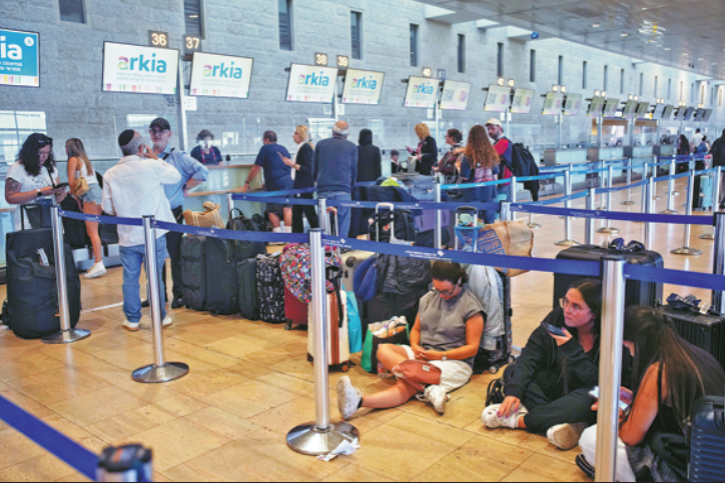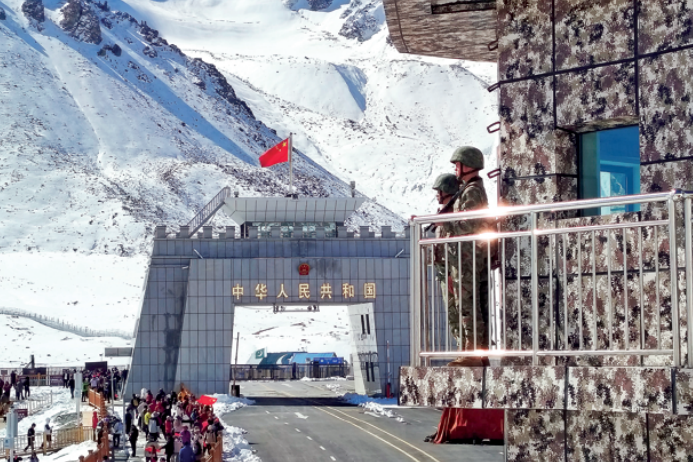ASEAN Express set to transform regional trade

Southeast Asia is racing into a new era of trade — and it's happening by rail. The launch of the ASEAN Express, a groundbreaking international train service connecting Malaysia, Thailand, Laos, and China, promises to transform how goods move across the region.
What used to take up to three weeks by traditional methods can now arrive in just nine days.
Veeris Ammarapala, State Railway of Thailand governor, highlighted progress in the Thailand-Malaysia rail link under the ASEAN Express initiative during a recent meeting with Thai ambassador Lada Phumas in Kuala Lumpur on the sidelines of the 45th ASEAN Railways CEOs' Conference.
The project involves moving goods from China through Laos into Thailand, and onward to Malaysia, enhancing regional supply chains and efficiency.
Plans also include cross-border passenger services between Bangkok's Krung Thep Aphiwat Central Terminal and Malaysia's Butterworth station, aimed at seamless travel and stronger connectivity.
Veeris said that collaboration with the Thai embassy in Malaysia and the Foreign Ministry will be critical to overcoming obstacles and accelerating cooperation at the regional level, positioning Thailand as a central hub in ASEAN rail transport. This, he said, would strengthen economic, trade and tourism ties between Thailand and Malaysia.
According to Malaysian media reports, the new rail service is expected to open up fresh markets across the region while cutting costs for businesses and consumers.
The first trial run of ASEAN Express was held in June. The inaugural journey began at the Kelana Jaya freight terminal in Selangor, Malaysia, and arrived in Chongqing, China, carrying electronic goods and agricultural products. A second trial run in the opposite direction from Chongqing also successfully reached Selangor.
The line links Malaysia's Kontena Nasional Inland Clearance Depot in Selangor, Thailand's Lat Krabang Inland Container Depot, and Laos' Thanaleng Dry Port before terminating in Chongqing, China.
The service seamlessly connects the New International Land-Sea Trade Corridor, a trade and logistics passage jointly built by China's western provinces and ASEAN members, and the China-Europe freight train service, a hallmark of the Belt and Road Initiative.
Companies now benefit from a unified shipping process that requires only a single order and one bill, in contrast to the previous system, which involved multiple entrustments, separate bills of lading, and repeated loading and unloading, said Liu Taiping, chairman of the New Land-Sea Corridor Operation and general manager of Yuxinou (Chongqing) Supply Chain Management. Liu said the shipment via the ASEAN Express is approximately 50 percent faster than maritime shipping while costing only about one-fifth of the cost of airfreight.
Reports from Malaysia suggest durian growers are already planning to export the popular Musang King variety to China via the new rail service by late 2025, following Beijing's recent approval for fresh durian imports from Malaysia.
KTM, Malaysia's largest railway company, plans to operate two services per week between Kelana Jaya and Chongqing, with potential for expansion if demand grows. Containers can reach Padang Besar, on the Thai border, in less than a day without the need for gauge changes, as both Thailand and Malaysia operate on a one-meter track gauge.
This compatibility gives the route an edge, since differing gauges are a global challenge for cross-border rail freight. The Thailand-Laos connection, however, faces this problem: Laos uses the 1.435-meter standard gauge, forcing containers at the Thanaleng Dry Port in Vientiane to be transferred one by one, a process that takes nearly two hours.
Analysts view it as "a strong starting point" that could strengthen Malaysia's role as a key player in the region's new rail corridor.
The Nation, Thailand




















